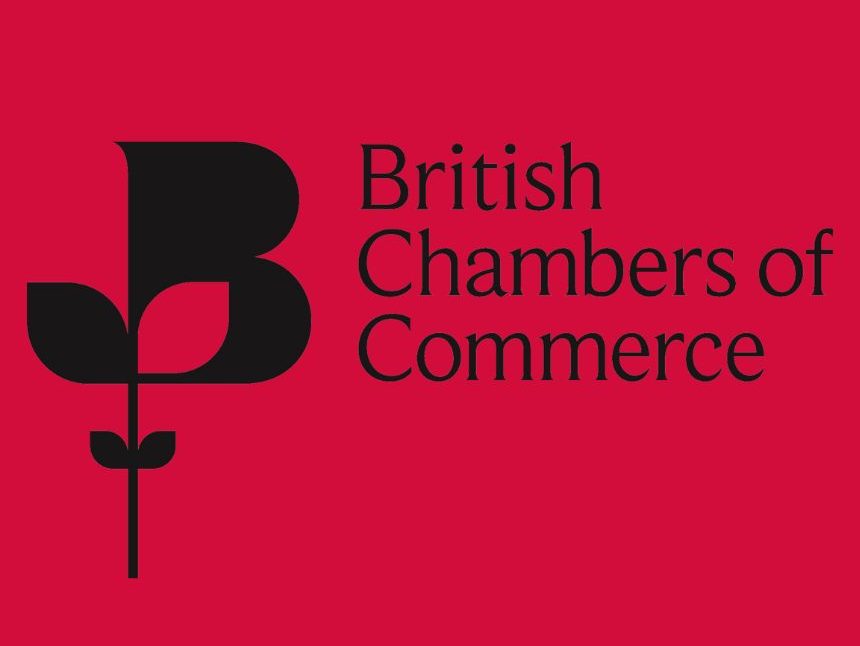The BCC Quarterly Economic Forecast (QEF)has increased growth predictions for 2025, but the UK economy will remain sluggish.
Better than expected business investment in Q1 is forecast to boost GDP across 2025. Inflation is projected to increase further in the coming months, before slowing to 2% by the end of 2027. Unemployment is expected to be 4.6% throughout the forecast period, with the increase in National Insurance likely to slow hiring intentions.
UK Economic Outlook
The QEF, winner of the 2024 FocusEconomics award for best GDP forecast, expects the UK economy to grow by 1.1%, revised up from the previous forecast of 0.9%. This year’s growth is expected to be driven by better than expected GDP figures in Q1 before the national insurance hike and the US tariff war. Increased government spending is another contributor to growth. GDP is expected to rise in 2026 to 1.2%, but that’s slightly down from the last forecast (1.4%). Growth in 2027 is forecast to be 1.5%.
The picture on growth varies significantly across sectors. The service sector is expected to perform best this year, growing by 1.2%. Meanwhile, the forecast suggests growth of 0.8% in the construction industry in 2025, while the manufacturing sector is expected to grow by 0.5%, revised up from -0.2% in the previous forecast.
With businesses facing increased cost pressures, CPI inflation is forecast to be higher this year, reaching 3.2% by Q4 2025 (up from 2.8% in the Q1 forecast). It is then expected to fall to 2.2% by the end of 2026 and 2% in Q4 2027.
The unemployment rate is expected to remain static over the forecast period, sitting at 4.6% until Q4 2027, with hiring subdued and businesses yet to see the full impact of the National Insurance hike.
Business investment improves
Business investment across 2025 is projected to be 4.8% – a significant upgrade from 0.6% in the last forecast. However, investment is expected to be focused on a smaller number of sectors, such as ICT, manufacturing, and financial services. BCC survey data consistently finds that the majority of SMEs are not increasing their investment, with tax increases acting as a major barrier.
Exports to grow after trade deals
After some recent positive trade developments, with the US, EU and India, UK exports are projected to grow by 2% in 2025, (an upward revision from –0.5% in the last forecast), 2.1% in 2026 and 2.4% in 2027.
However, imports are expected to grow by 3% this year (compared with 0% in the previous forecast), before falling to 1.2% in 2026, and then 2.6% in 2027. This means net trade continues to contract, with figures of -1.2% in 2025, -1.1% in 2026, and –1.2% in 2027.
That said, major uncertainties remain in the global trade outlook due to the potential for short term changes in policy leading to behavioural shifts among importers and exporters to manage the changes.
Cautionary approach to interest rates continues
With inflation remaining above the Bank of England’s 2% target until the end of 2027, the Bank’s likely to continue along a cautionary path on interest rate cuts. There is one more cut expected in 2025, bringing the base rate to 4% by the end of 2025. The interest rate is expected to be cut to 3.75% by the end of 2026 and 3.5% by the end of 2027.
Average earnings will remain high this year
Average earnings are expected to remain significantly above inflation this year, with wage growth reaching 4.2% by the end of Q4, putting further cost pressures on businesses. The forecast suggests annual wage growth will remain elevated in the coming years, falling only very gradually to 4.1% in 2026 and 4% in 2027.
Suzanne Caldwell, Managing Director of Cumbria Chamber of Commerce, said:
“A stronger than expected performance in Q1 has led us to revise up our UK GDP forecast for 2025.
“Large scale investment in sectors such as ICT, manufacturing and transport is promising, but this hasn’t necessarily translated into a broader uplift across the wider economy. Chambers’ research consistently shows that most SMEs aren’t experiencing investment growth, as they continue to grapple with a range of cost pressures—most notably the rise in National Insurance Contributions, cited as the top concern.
“Persistent inflation, driven by rising household bills and tax increases, could dampen the prospect of further interest rate cuts in the near term, further weighing on business confidence and borrowing appetite.
“More positively, recent trade talks aimed at averting some US tariffs and easing EU trade frictions could support exports and imports this year. However, the scale and timing of any economic gains remain uncertain as negotiations continue and US behaviour remains unpredictable.
“Against this backdrop, businesses need clarity and stability. A long-term tax roadmap—particularly addressing employer costs such as National Insurance—is vital. Businesses must also be supported to capitalise on the AI revolution, which could transform productivity and profitability. “Without action, the UK risks becoming a two-speed economy, where high margin sectors surge ahead while lower margin ones fall further behind, unable to absorb mounting cost pressures.”






